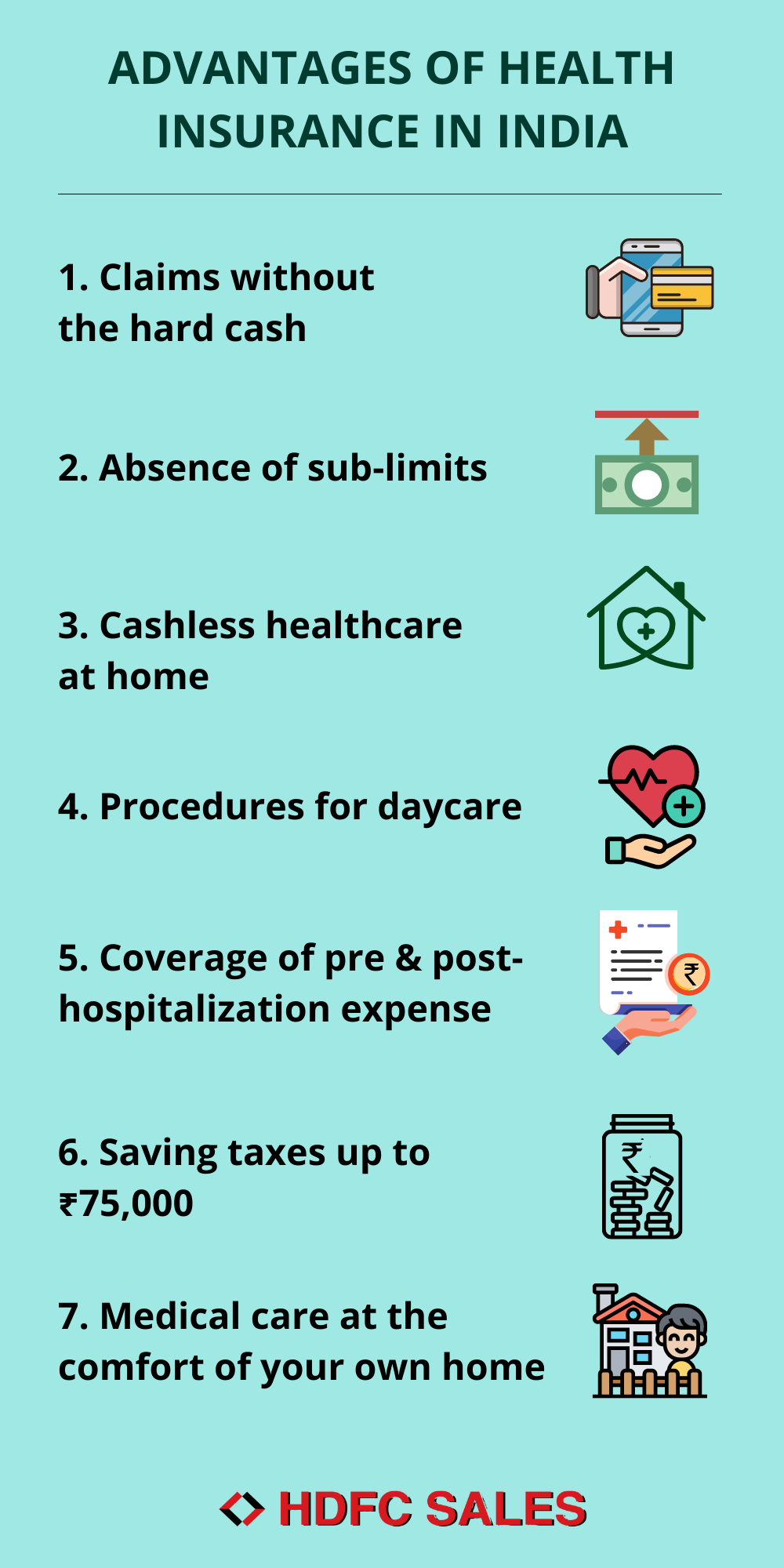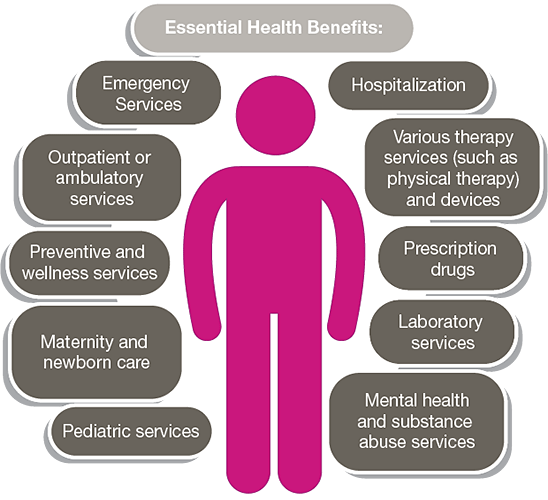Facts About Final Expense In Toccoa, Ga Uncovered
Some Known Questions About Affordable Care Act (Aca) In Toccoa, Ga.
Table of ContentsThe Facts About Automobile Insurance In Toccoa, Ga UncoveredThe Ultimate Guide To Annuities In Toccoa, GaFacts About Final Expense In Toccoa, Ga UncoveredThe Definitive Guide for Life Insurance In Toccoa, Ga

1 and 3. 2 (Automobile Insurance in Toccoa, GA), for more details. New immigrants represent a substantial proportion of people without wellness insurance policy. One analysis has connected a significant section of the recent growth in the size of the united state uninsured populace to immigrants that showed up in the nation between 1994 and 1998 (Camarota and Edwards, 2000)
Health insurance coverage is a vital element in most versions that illustrate accessibility to wellness care. The partnership in between medical insurance and accessibility to care is well developed, as recorded later on in this phase. Although the relationship in between medical insurance and health results is neither straight nor straightforward, a substantial professional and wellness services research literature web links wellness insurance coverage to improved accessibility to care, much better high quality, and boosted personal and populace health and wellness status.
Getting My Final Expense In Toccoa, Ga To Work
The issues dealt with by the underinsured are in some areas similar to those dealt with by the without insurance, although they are usually less serious. Uninsurance and underinsurance, nonetheless, include clearly various policy concerns, and the approaches for resolving them might vary. Throughout this research and the five records to comply with, the primary emphasis is on individuals with no medical insurance and hence no help in spending for health and wellness care past what is readily available through charity and safeguard organizations.

Medical insurance is a powerful element impacting receipt of care since both clients and medical professionals react to the out-of-pocket price of services. Medical insurance, however, is neither necessary neither adequate to get access to clinical solutions. The independent and straight impact of health insurance policy coverage on accessibility to wellness services is well developed.
Others will acquire the healthcare they need also without medical insurance, by paying for it out of pocket or seeking it from companies that offer treatment free or at highly subsidized rates - Automobile Insurance in Toccoa, GA. For still others, health insurance coverage alone does not guarantee receipt of treatment due to other nonfinancial barriers, such as an absence of wellness treatment suppliers in their neighborhood, restricted accessibility to transport, illiteracy, or etymological and cultural differences
Final Expense In Toccoa, Ga for Beginners
Official study concerning uninsured populations in the United States dates to the late 1920s and early 1930s when the Committee on the Expense of Healthcare generated a series of reports about funding doctor office brows through and hospitalizations. This problem became prominent as the varieties of clinically indigent climbed up throughout the Great Depression.
Empirical studies consistently support the web link in between access to care and enhanced health and wellness outcomes (Bindman et al., 1995; Starfield, 1995). Having a regular resource of treatment can be thought about a predictor of gain access to, rather than a direct action of it, when health and wellness end results are themselves used as access indications.
The Ultimate Guide To Home Owners Insurance In Toccoa, Ga

Emergency departments are portrayed as an expensive and unsuitable site of main treatment services, numerous uninsured patients look for treatment in emergency situation divisions because they are sent there by various other health and wellness treatment suppliers or have nowhere else to go. Emergency care experts say that the country's emergency situation departments not only offer as carriers of last hope however are a crucial entry point right into the healthcare system (O'Brien et al (http://prsync.com/thomas-insurance-advisors/)., 1999)
Phase 2 gives a review of how employment-based health insurance coverage, public programs and individual insurance plan run and engage to provide considerable useful content however incomplete coverage of the united state population. This includes an evaluation of historical trends and public laws affecting both public and personal insurance coverage, a conversation of the interactions among the various types of insurance coverage, and an exam of why people relocate from one program to another or end up without any coverage.Chapter 3 manufactures existing info to reach a composite description of the uninsured: What qualities do people without coverage usually share? Where do the uninsured real-time? The chapter also presents information regarding the risk of being or coming to be uninsured: Just how does the possibility of being without insurance modification depending upon picked attributes, such as racial and ethnic identification, rural or city residency, and age? What are the chances for specific populaces, such as racial and ethnic minorities, country homeowners, and older working-age individuals, of being uninsured? How does the chance of being uninsured adjustment over a life time? Along with identifying the chance of being uninsured in regards to a solitary dimension, such as sex, age, race, job status, or geographic area, Chapter 3 likewise provides the results of multivariate evaluations that use a more insightful depiction of the aspects that contribute to the opportunities of being uninsured.